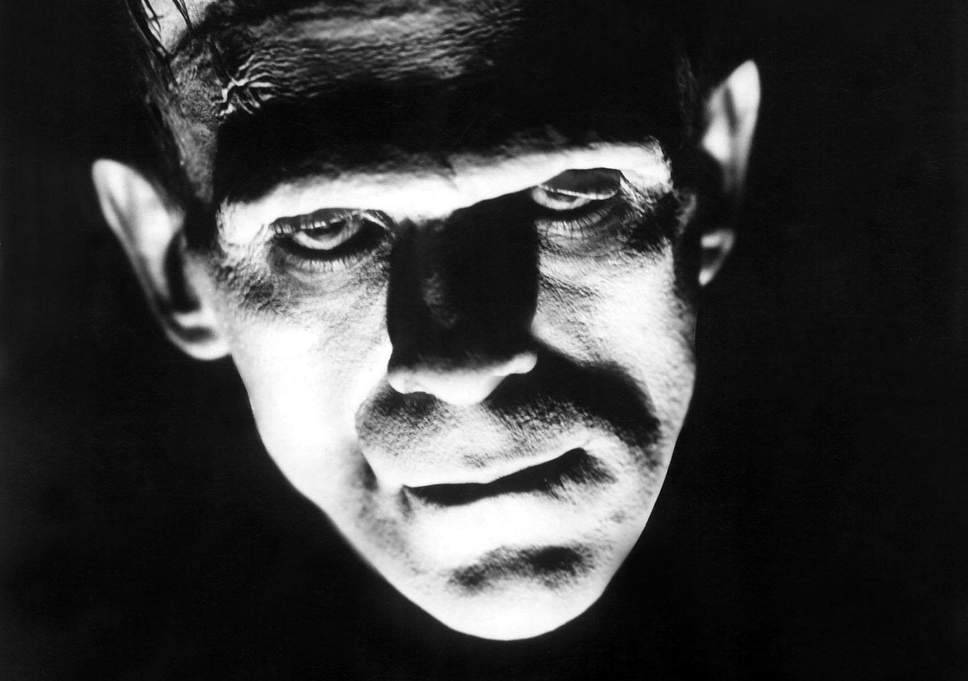
“It’s alive!” – Frankenstein (James Whale, 1931)
“It’s alive!” is one of the most cited and widely used phrases in the history of cinema. It can be put on the same level as “I’ll be back.” from The Terminator in 1984 or “May the Force be with you.” from the Star Wars back in 1977. Frankenstein as the classics of horrors appeared in 1816 when Mary Wollstonecraft and her friends (Lord Byron, John Polidori, and Percy Shelley) gathered together to write a ghost story that would thrill everyone. And that evening, the 18-year-old Mary won the competition developing the first science-fiction novel in the form of Gothic horror with the elements of tragic romance.
The art and versatility of the Frankenstein universe lie in the tragedies that Mary Wollstonecraft made central to the story. These are overreaching and the danger of “God playing”. And since these are the topics universal for all times (whether it is 1816 or 2019 outside), Red Rock Entertainment easily explains the popularity and success of all the Frankenstein films throughout history.
In total, there are 57 films that either tell the original story of Frankenstein or make a strong reference to the story. The history of cinematic Frankenstein started in 1910 when Thomas Edison created the first ever film on this topic. The topic became extremely popular over the past century when several Frankenstine horrors were released the same year (two in 1957, three in 1967, and even five in 1973). There were films developed by a wide variety of countries: Italian (The Monster of Frankenstein, 1920) and Japanese (Frankenstein Conquers the World, 1965) as well as the now popular Blaxploitation interpretation called Blackenstein, 1973.
But let’s get back to the idea of why all those films are so universally scary regardless of the viewer’s geographical location in space or the film’s release date.
1. The plot
As it has already been mentioned, the versatility and at the same time simplicity of the plot make every viewer empathize with both: the creator and the creature. The doctor with his curiosity and desire to open something new in this world attracts adventurers and scientists while the sad story of a rejected creature captures the attention and of the rest of the audience. Moreover, the multiple echos of the well-known methodology make these characters closer and easier to comprehend hence generally accessible to different cultures, countries, religions, ages, etc.
2. The cinematography
While an average viewer might not appraise or comprehend the whole complexity of horrors, they definitely feel its extraordinary influence whenever the cinematography is perfect. For horror films, the cinematography is extremely important since this is one of the basic elements that lead a film to a success. Red Rock Entertainment reviews many films from the released products in order to give the answer of what makes horrors so attractive, and their finding is cinematography as well. Just consider the amazing camera work, colours selection, and overall style of the shots in Victor Frankenstein that was released in 2018; or recollect on the Van Helsing unique camera work. The cinematography of those films is what draws attention to such projects and makes them so much well-known for the wide masses as well as industry insiders.
3. The new tendencies and interpretations
The new tendencies in the film industry go toward robots, this is obvious (Ex Machina, AI, Her, WestWorld, etc). And these films while using the same old horror story of Frankenstein go hand-in-hand with the latest trends of the world: they use robots vs people opposition rather than unknown creature vs people. As a result, directors refresh the old idea and match it to the audience’s demand. Moreover, they also switch the roles and revise the victim-creator roles. Take Chappie for an example; here it is the robot (read: creature) who is suffering from the people and not vice versa.
The romanticism that Mary Wollstonecraft initially put in her novel is also recaptured by modern films involving people and monsters. The BAFTA and Oscar winner The Shape of Water while being yet another story about a horrifying monster, brings back the romantic elements of the initial novel. This film also closely relates to the old myth about Prometheus and its use by Mary: “she gave voice to the voiceless and presence to the invisible, and she showed me that sometimes to talk about monsters”.
Even though the story of Frankenstein has been alive for 200 years already, there are still new interpretations that filmmakers see in Mary’s novel. The versatility of the concepts and characters she described remains popular and valuable up to nowadays, making the idea of Frankenstein horrors so long-lasting.

